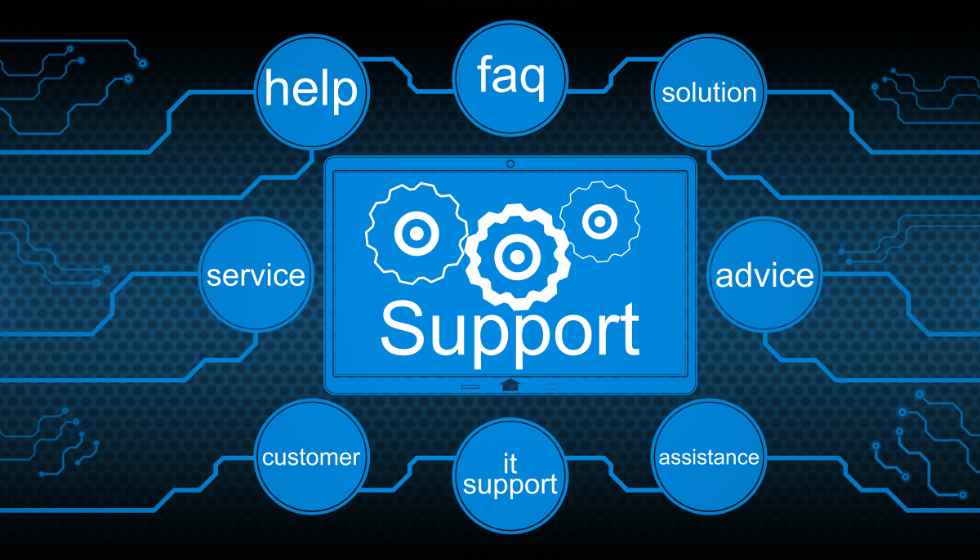Internet of things or IoT is the continuous improvement of wireless technologies. Through the use of analyzers with integrated sensors, this evolution allows the collection of essential information, using this collected data to follow an action through a network.
There is a lot of talk about the Internet of Things. We know that this belongs to high technology and automation, which can make life more convenient and safer. This is the future of the industry, economy, and ordinary human activities. But how exactly does the Internet of Things work, and what is it now?
What is the (IoT) Internet of things?
Internet of Things (IoT, which stands for the English term, internet of things ) is a technological concept that speaks of the digital interconnection of all kinds of everyday objects via the internet. Anything you can think of comes ‘into play’: from loudspeakers to cars, light bulbs, healthcare resources, and clothing.
More and more, we are moving towards an increasingly connected industry, in this case, Industry 4.0.
The concept of the Internet of Things continues to gain followers since there are many benefits that the application of the Internet of Things brings to the industrial system; we can summarize these benefits in different cases in which the implementation of the IoT in industry 4.0 is advantageous.
Internet of Things: How is it useful?
The Internet of Things (IoT) is a system of interconnected devices (things) that have high-tech functions and work as one organism. They “know” about the general state of the system, “talk” with each other, “prompt” the necessary changes in the work without human participation.
By devices, we mean almost anything: coffee makers, irons, cars, lamps. Any “smart” device, from curtains to washing machines, becomes part of the Internet of Things.
Examples of the Internet of Things
In order not to move away from the practical goals of using the IoT, we will consider several examples:
Smart Devices
When IoT devices take the form of accessories that we can wear, they are called wearables. The most logical thing is to find them with the appearance of a smartwatch or a bracelet, but we can also have them embedded in clothing.
Through small devices with integrated sensors, it is possible to collect data, and that information is sent wirelessly to mobile phones. Once in the terminal, it will be interpreted to show us an analysis of our activity and other variables.
Smart Homes
If there is a place where the Internet of Things is developing, that is, without a doubt, home. Thanks to this technology, many devices work with Wi-Fi connectivity and have a design that makes them another part of the decoration of the house. Some essential elements are:
The intelligent lighting bulbs, such as Muvit. Easy to install and integrate with the Google Assistant to control colour and intensity without touching a button.
Industrial
IoT is one of the engines of what is known as Industry 4.0. We are talking about synchronizing a large number of machines, people and devices within a factory, which allows obtaining valuable analytics of the whole operation that go to the cloud.
The main objective of this sector is to achieve more efficient processes by reducing human and labour error. The companies that dominate this industrial scenario are Siemens with MindSphere, General Electric with Predix and PTC with the ThingWorx platform.




